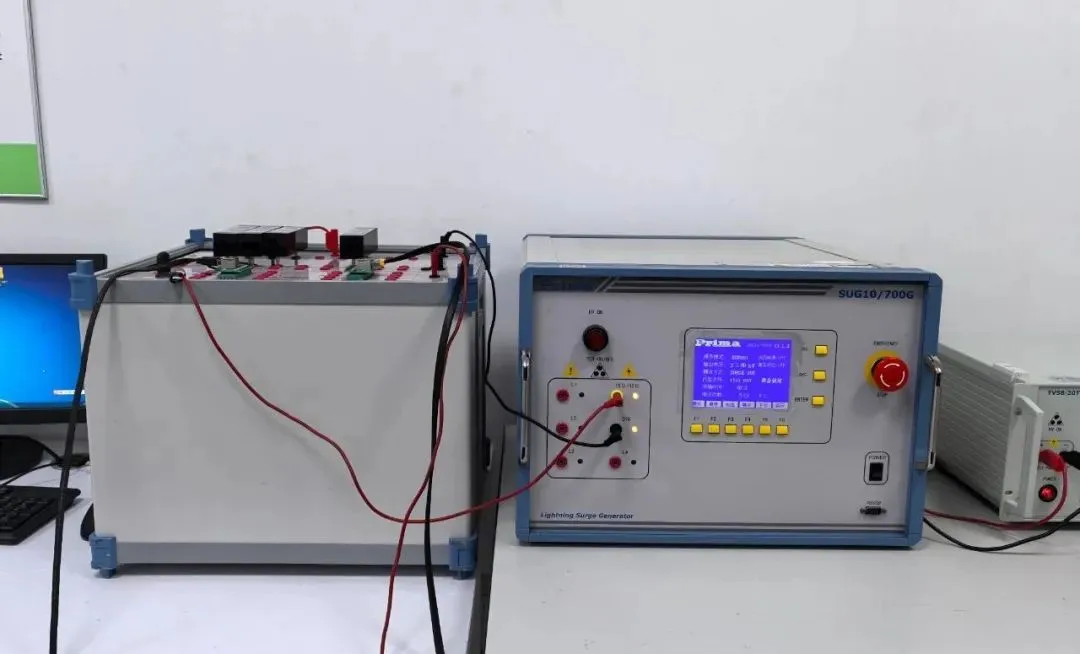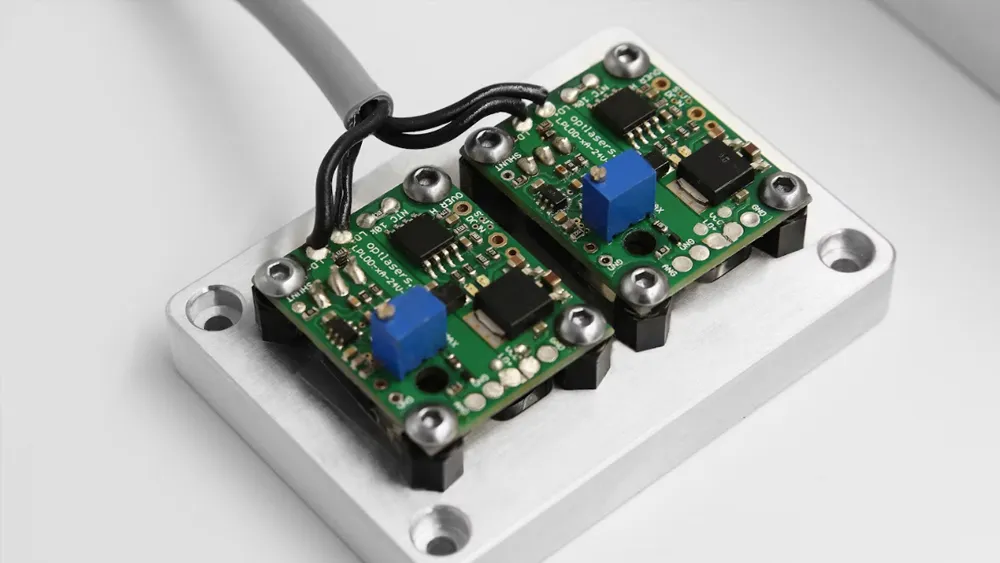
How to get the EN ISO 21420:2020 Test Report?
What is the EN ISO 21420:2020 Standard?
EN ISO 21420:2020is the European Union’s general requirements and test methods standard for protective gloves.
It was published in February 2020, replacing the previous EN 420:2003+A1:2009, and has been mandatory since October 2020.
This standard has also been adopted by ISO as an international standard (ISO 21420:2020), applying to all protective gloves that require CE certification.
It was developed under the framework of the EU PPE RegULation (EU) 2016/425, serving as a harmonized standard— meaning compliance with it presumes conformity with the essential health and safety requirements of the regulation.

Notified Bodies will require Category II and Category IIIprotective gloves to provide test reports proving compliance with the latest safety standards.
The standard applies to all types of protective gloves, including:
1. Gloves protecting against mechanical, cheMICal, thermal, cold, and other risks
2. Arm protectors, mittens, and fixed (mounted) gloves
⚠️ Note:This standard does not evaluate protective performance on its own. It must be used together with specific performance standards(e.g., EN 388, EN 374).
Main Requirements of EN ISO 21420:2020
1. Design and Construction
Gloves must be easy to put on and remove, especially multilayeRED gloves, without layer separation during donning/doffing.
2. Innocuousness (Chemical Safety)
Limits are set for pH value (3.5–9.5), hexavalent chromium, azo dyes, polycyclic aromatic hydrocarbons (PAHs), DMFa, and other harmful substances.
3. Comfort and Fit
Gloves must be suitable for long-term wear, not hinder hand dexterity, and be available in multiple sizes.
4. Marking and Information
Gloves must clearly display the ce marking, user instructions, and performance levels.
Test Items under EN ISO 21420:2020
1. Azo Dyes– Not required for non-coated, non-rubber materials
2. pH Value– Must be between 3.5 and 9.5(not applicable to metals)
3. PAHs (Polycyclic Aromatic Hydrocarbons)– For rubber coatings, must be < 1 mg/kg
4. Hexavalent Chromium (Cr VI)– For leather, must be < 3 mg/kg
5. Nickel Release– For metals only, must be < 0.5 µg/cm²/week
6. DMFa (Dimethylformamide)– For polyurethane (PU) materials, each carcinogenic aromatic amine must be < 30 mg/kg
7. Glove Size Measurement
8. Dexterity Test
9. Washing Test
10. Dry Cleaning Test
11. General Requirements
Other Related Standards
In addition to EN ISO 21420:2020, protective gloves must also meet specific physical performance standardsdepending on their intended protection type, such as:
- EN 388– Protective gloves against mechanical risks (cut resistance, abrasion, etc.)
- EN 407– Protective gloves against thermal risks (heat and fire)
- EN 511– Protective gloves against cold
Once all tests are passed, the results, along with the technical documentation, are submitted for CE certification.
PPE Classification of Protective Gloves (According to EU 2016/425)
- Category II (Intermediate Risk):
For example, gloves against mechanical risks (EN 388).
Certification route: Module B (Type Examination)+ Module C (Production Control)
- Category III (High Risk):
For example, chemical protective gloves, electrical insulating gloves, firefighter gloves.
Certification route: Module B + Module C2 or D (Ongoing Surveillance)
Certification time:typically 1–2 months, depending on glove type.
EN ISO 21420:2020is the fundamental compliance standardfor protective gloves entering the EU market.
It ensures that gloves meet the minimum requirements for design, materials, safety, and user information.
It is one of the essential prerequisites for CE certificationand applies to all types of protective gloves.
Email:hello@jjrlab.com
Write your message here and send it to us
 Electric Toy EN 62115 & EN 71 Testing
Electric Toy EN 62115 & EN 71 Testing
 What are ASTM F963 and CPSIA?
What are ASTM F963 and CPSIA?
 Comparison of ASTM F963 and EN 71
Comparison of ASTM F963 and EN 71
 How to get CSA C22.2 NO.256:14 Test Report?
How to get CSA C22.2 NO.256:14 Test Report?
 How much is the ISTA Amazon Packaging & Shippi
How much is the ISTA Amazon Packaging & Shippi
 Amazon Product Laboratory Testing Requirements
Amazon Product Laboratory Testing Requirements
 How to Get EPA Certificatio
How to Get EPA Certificatio
 What is EPA Certification in the United States?
What is EPA Certification in the United States?
Leave us a message
24-hour online customer service at any time to respond, so that you worry!




